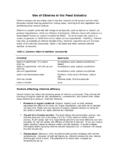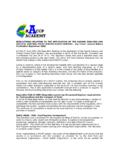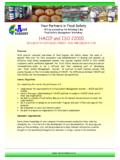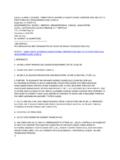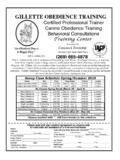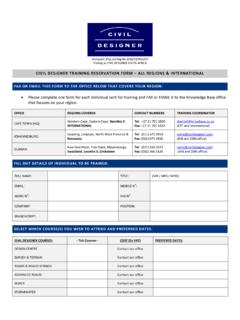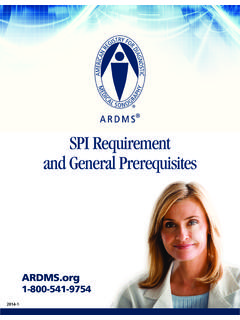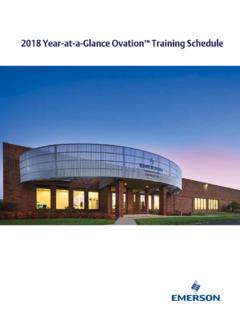Transcription of What is HACCP - BRC - Internal Auditors Training Courses
1 1. WHAT IS HACCP ? HACCP stands for Hazard Analysis and Critical Control Point HACCP is an internationally recognized, science-based, food safety system that is used to help ensure the manufacture of safe food products. HACCP is designed to prevent, reduce or eliminate potential biological, chemical and physical food safety hazards, including those caused by cross-contamination. During the development of a HACCP system, potential hazards are identified and control measures are implemented at specific points in the manufacturing process. HACCP : Provides a more systematic approach to ensuring food safety than traditional inspection procedures Places more responsibility for ensuring food safety on the food manufacturer than traditional inspection programs Is based on science, rather than simply past experience or subjective judgement Focuses on preventing problems before they occur, rather than trying to detect failures through end-product testing.
2 HACCP is internationally recognized as the primary means for enhancing food safety throughout the food chain, and is increasingly being used around the world. A HACCP system is the responsibility of the company. The food manufacturer has the most control over the product and thus can have the greatest impact on the safety of the food produced. The actual development, implementation and maintenance is up the manufacturer. A. The Codex Alimentarius Commission and HACCP HACCP methodology has been standardized internationally by the Codex Alimentarius Commission. The information provided by Codex is used around the world in the development of HACCP programs ( , SANS 10330); however, each approach developed may be somewhat different. B. The Components of a HACCP System There are two components of an effective HACCP system: 1.
3 Prerequisite Programs Designed to control hazards related to personnel and the food manufacturing environment, creating conditions that are favourable to the production of safe food products. 2. HACCP Plans Designed to control hazards directly related to the food being processed or the manufacturing process. HACCP System = Prerequisite Programs + HACCP Plan(s) i. Prerequisite Programs Prerequisite programs are designed to ensure a suitable and safe environment for food manufacturing that does not present sources of contamination. To control and prevent hazards within the manufacturing environment: Appropriate personal practices are managed Shipping, receiving and storage practices are managed Equipment and structures are maintained Water supply safety is maintained Sanitation and pest control activities are performed Appropriate employee Training is provided Prerequisite programs encompass universal criteria that must be controlled regardless of the product being manufactured.
4 However, there may be elements of the prerequisite programs that focus on characteristics inherent to the product or manufacturing process. For instance, the sanitation program must include procedures that are specific for the equipment that is used within the facility. Prerequisite programs are implemented prior to the HACCP plan(s) because they control a large number of general hazards that then do not need to be controlled in a HACCP plan, thereby making the system more efficient and easier to maintain. Prerequisite programs lay the foundation for effective HACCP plans. ii. HACCP Plans A HACCP plan is designed to control hazards directly related to the product, ingredients or manufacturing process that are not controlled by the prerequisite programs. HACCP plans are developed through a process of hazard analysis to determine hazards significant to food safety.
5 Control measures are then put into place to prevent, reduce or eliminate these hazards. The control measures are monitored for effectiveness. If a hazard is not adequately controlled (the control measure fails), actions are taken to correct the failure.
